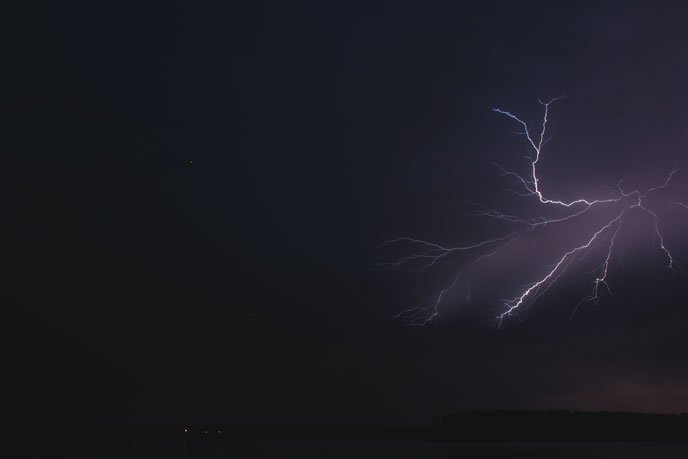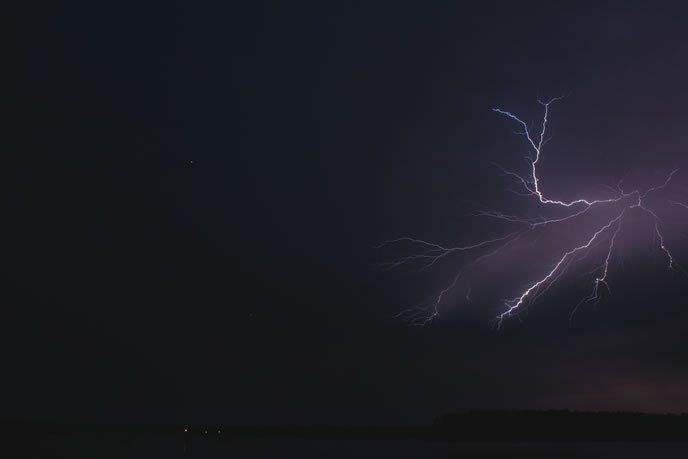Griffinstorm
– Most measurements put lightning in the range of 5000 to 20,000 amps, but 1971’s strike to the Apollo 15 launch vehicle was measured at 100,000 amperes.
– Sound at the surface travels approximately one-fifth of a mile each second. To estimate the distance to a strike, divide the number of seconds between the flash and the boom by five to arrive at the approximate distance in statute miles.
– The 30/30 rule: Cease outdoor activity when lightning is within six sm (30 seconds lag between the flash and thunder) and resume 30 minutes after last strike within six miles.
– Lightning most commonly strikes within 5000 feet of the freezing level. The area more prone to lightning in cumulonimbus clouds is between 5 deg. C to -5 deg. C.
– Stay VFR. You don’t want to inadvertently encounter the interior of a cumulonimbus or its embedded lightning.
– Gather all data. Take advantage of any weather products you can get that show lightning. It’s easier to avoid from 100 miles than 10.
– If you land, avoid ground operations if lightning is within three to five miles.
– Don’t even think about fueling an aircraft if lightning is within three miles.




